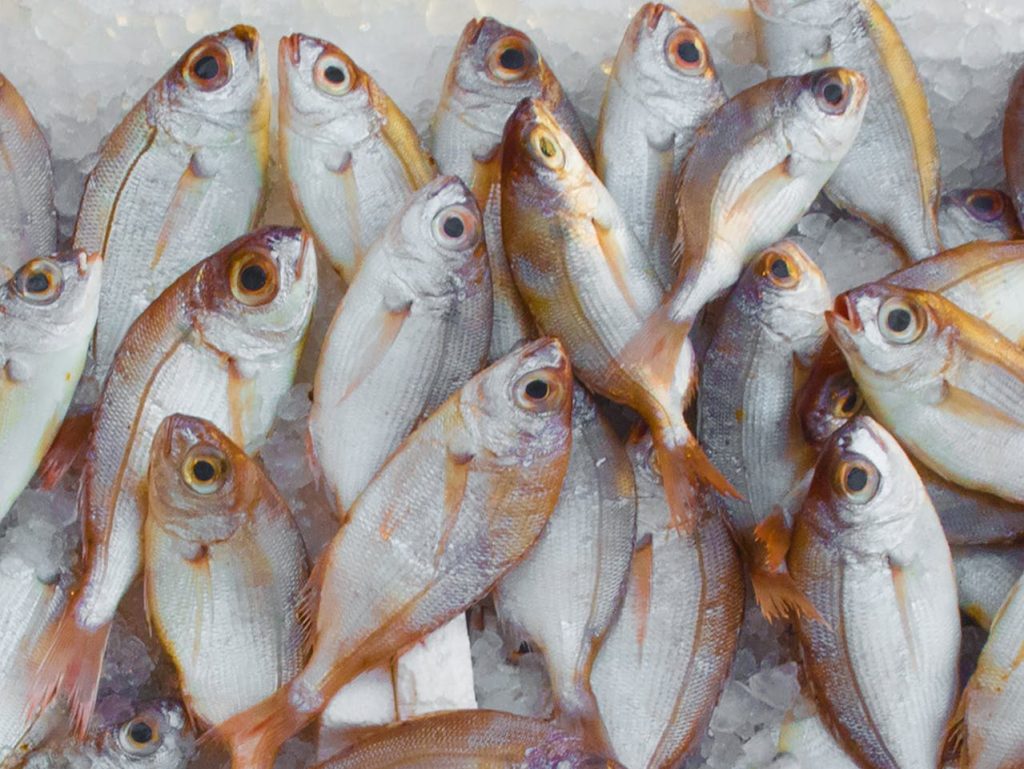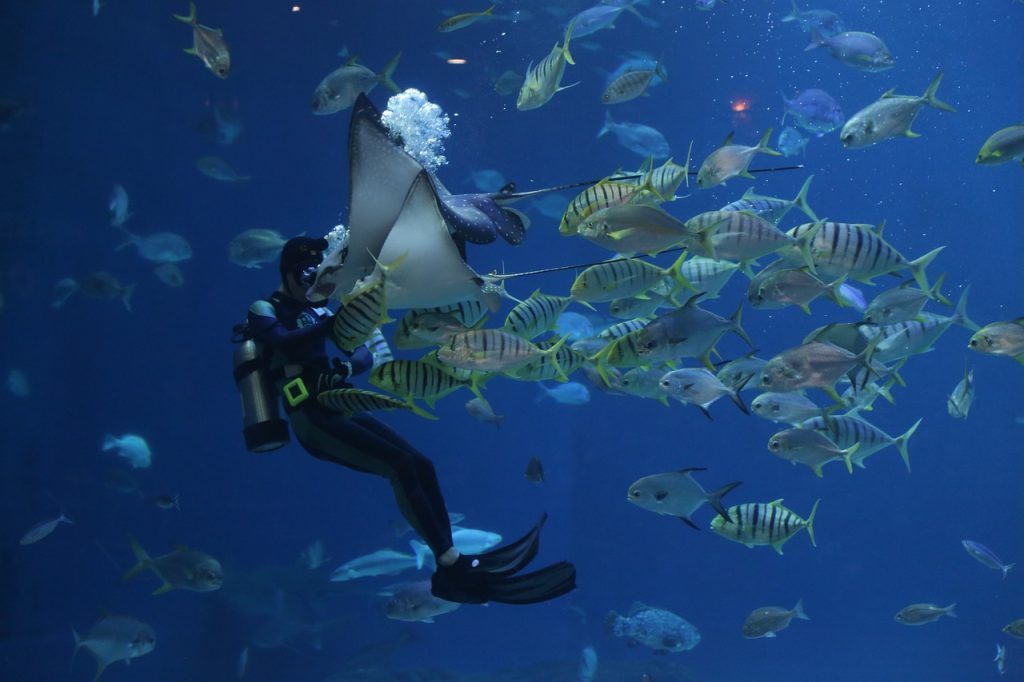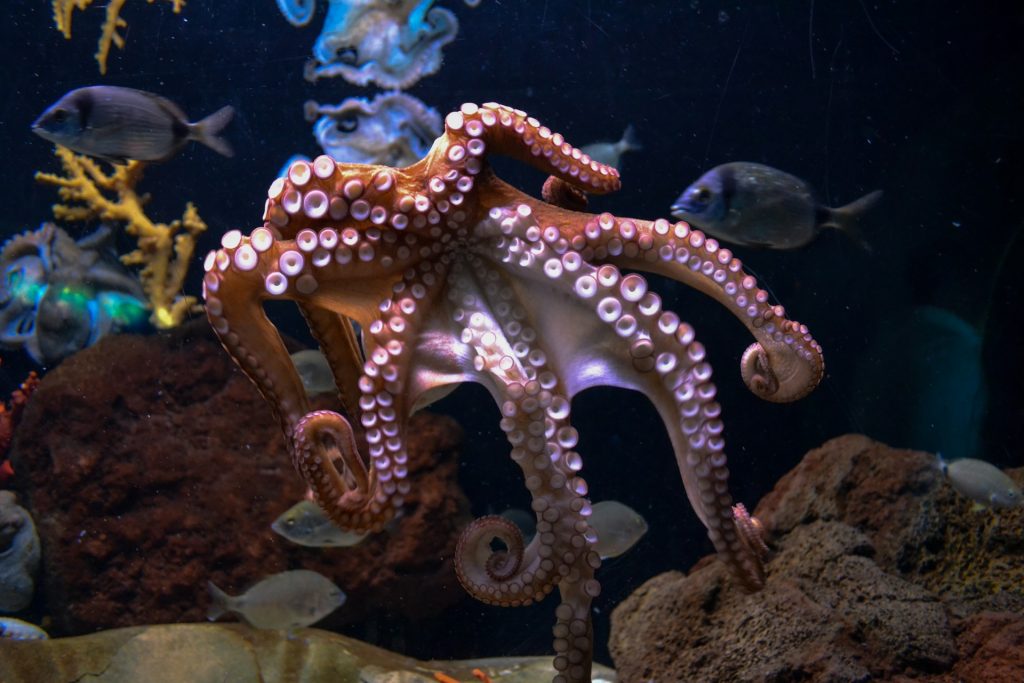Choosing the Right Fish for Your Tank can be a challenging phenomenon but in this article, you will get the best number 1 guideline that you need as a beginner.
If you’re new to the world of aquariums, choosing the right fish for your tank can seem like a daunting task.
But fear not, because, with a little bit of knowledge and research, you can make informed decisions that will result in a healthy and vibrant aquarium.
In this post, we’ll cover the key factors you should consider when choosing fish for your tank.
From fish compatibility to water conditions, we’ll walk you through everything you need to know to make the best choices for your aquarium.
Contents
Choosing the Right Fish for Your Tank – Best No. 1 Guideline For Beginners
This is the part that you have been waiting for. The guidelines needed in choosing the Right Fish for Your Tank are explained below:
Understanding Fish Compatibility

One of the most important factors to consider when choosing fish for your aquarium is compatibility.
Fish that are incompatible with each other can lead to stress, aggression, and even death. To avoid these issues, it’s essential to choose fish that have similar needs and behaviors.
There are several types of fish that you should be aware of when considering compatibility. Some fish are known as community fish and can live peacefully with others of their kind and with other species.
Other fish are known as semi-aggressive and may display aggression towards certain species. Finally, there are aggressive fish better left alone.
For instance, the aquarium devil fish is known for being territorial. They will attack others in an aquarium, so they must not be with other species.
To determine which fish are compatible with each other, you’ll need to research the different types of fish and their behavior. This will help you understand which fish are likely to get along and which ones may not.
It’s best to choose fish that have similar sizes and temperaments. Large and aggressive fish should not be kept with smaller or more peaceful species. Similarly, fish that prefer different water conditions or diets may not be compatible.
Generally, fish species that come from the same region or have similar water parameter requirements will be more compatible with each other. For example, many tropical freshwater fish, such as tetras and corydoras, can live together in the same aquarium.
In addition, it’s important to consider their activity level. Some fish are more active than others and require more space to swim and play.
For example, many schooling fish such as tetras, danios, and rasboras are very active and should be kept in groups of six or more. These fish enjoy swimming together and exploring their environment.
In contrast, some fish species, such as angelfish and discus, are more sedentary and spend a lot of time resting on the bottom of the tank. These fish prefer a quieter environment and may become stressed if kept with more active fish.
Consider the Size and Quantity of Fish
When it comes to choosing fish for your aquarium, size matters. It’s important to consider both the size of the fish you’re interested in and the size of your tank.
Overcrowding can lead to health problems and fish stress while choosing species that are too large for your tank can cause physical damage to the fish and make it difficult for them to thrive.
To determine how many fish you should have in your tank, a general rule of thumb is to allocate one gallon of water per inch of fish.
This means that a 20-gallon tank can support up to 20 inches of fish. However, this rule is not set in stone, and other factors such as the type of filter, frequency of water changes, and the fish’s behavior and diet can impact the number of fish your tank can support.
It’s also vital to consider the adult size of the fish you’re interested in. Many fish start small but can grow to be much larger as they mature.
Make sure to research the adult size of the fish and consider whether your tank can accommodate their growth. A fish may quickly outgrow a small tank, leading to health problems and stress.
When selecting fish, it’s best to choose species with similar requirements. This will help to reduce competition for resources and prevent aggressive behavior.
It’s also important to introduce new fish slowly to your tank, giving them time to acclimate and reduce stress. This can help promote a healthier environment.
Consider Water Conditions and Dietary Requirements

Maintaining the right water conditions and providing a balanced diet is essential for the health and well-being of your fish.
Otherwise, you might end up having a sick pet. Different species of fish have different requirements for water conditions and diet, so it’s important to research the needs of the specific fish.
In case your pet is sick, we advocate you converse with a vet ASAP.
JustAnswer means that you can discuss in real-time with veterinary consultants for a small price.
Water Conditions
The three most important factors to consider when it comes to water conditions are pH level, temperature, and water hardness.
Different species have different requirements for these factors, so it’s important to research the ideal ranges for your chosen species.
For example, when water parameters are not within range, you will find that a betta fish stays at the bottom of its tank.
It could be a sign of stress. From cleanliness to temperature, it is paramount to ensure optimal conditions to ensure the health of the fish.
Diet
Different species of fish have different dietary needs, so it’s important to research the ideal diet for your chosen species.
Some fish are herbivores, while others are carnivores or omnivores. Make sure to choose fish that have similar dietary needs to avoid nutritional deficiencies and health problems.
It’s also important to vary your fish’s diet and provide a balanced mix of proteins, vegetables, and other nutrients. Many fish require specific types of food, such as live or frozen brine shrimp, so make sure to research the ideal diet for your chosen species.
Final Thoughts About Choosing the Right Fish for your Tank
In sum, choosing the right fish for your tank requires careful consideration of factors such as size and quantity, water conditions and diet, compatibility, and behavior. By doing your research and planning, you can create a healthy and thriving aquarium environment for your fish to enjoy.

